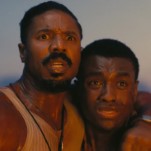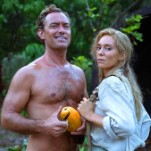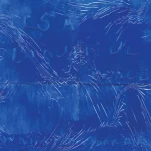The Fifth Book of Peace

The narrative style of The Fifth Book of Peace will seem familiar to those who’ve read Maxine Hong Kingston’s memoir The Woman Warrior. A deliberation on violence, peace and loss, the book shifts fluidly between fiction and nonfiction, wending its way through story, philosophy, history and testimony.
-

-

-

-

-

-

-

-

-

-

-

-

-

-

-

-

-

-

-

-

-

-

-

-

-

-

-

-

-

-

-

-

-

-

-

-

-

-

-

-








































